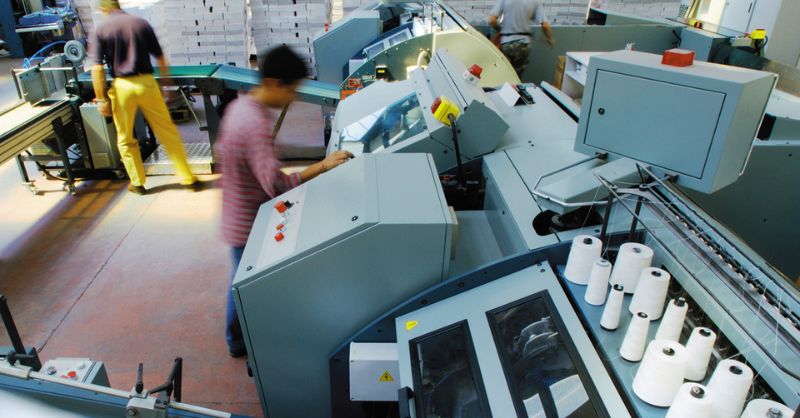Binding & Laminating Machines: A Booming Industry & Evolving Technology
19 June, 2023

In today's fast-paced world, where presentations, reports, and documents play a crucial role, the need for efficient binding and laminating solutions is more significant than ever before. Binding and laminating machines have become indispensable tools for various industries, including education, business, and publishing. This article explores the latest trends in binding and laminating technology, the growing industry, and sourcing options for these essential equipment.
Binding and laminating machines serve the purpose of enhancing the durability, professionalism, and visual appeal of documents. Binding machines securely hold pages together, whether through coil, comb, wire, or thermal binding methods. On the other hand, laminating machines apply a protective layer to documents, preventing damage from moisture, dirt, or wear and tear. These machines have evolved over time, offering improved features and efficiency.
The binding and laminating industry have witnessed significant growth in recent years. With the increased demand for visually appealing and durable documents, businesses and individuals alike have embraced the advantages of these machines. Schools and educational institutions have also recognized the importance of presenting materials in a professional and long-lasting manner. As a result, the market for binding and laminating machines has expanded, offering a wide range of options to cater to different needs and budgets.
One of the notable trends in the binding and laminating industry is the integration of advanced technology. Manufacturers are constantly innovating and introducing new features to enhance the user experience and streamline the binding and laminating process. Some machines now come equipped with automated functions, such as built-in cutting and punching mechanisms, reducing the need for manual intervention and saving time. Touchscreen displays, intuitive interfaces, and wireless connectivity are also becoming common, allowing users to operate the machines with ease.
Another significant trend is the focus on eco-friendly solutions. As sustainability gains prominence, manufacturers are developing binding and laminating machines that are energy-efficient and use environmentally friendly materials. Some machines now incorporate recycled plastics and offer energy-saving modes, reducing their carbon footprint. This shift towards sustainability not only aligns with global environmental goals but also resonates with businesses and individuals seeking greener alternatives.
When sourcing binding and laminating equipment, buyers have several options available. Traditional office supply stores often stock a range of machines suitable for small-scale requirements. These stores provide the advantage of immediate access to the equipment and the ability to seek assistance from knowledgeable staff. Online retailers have also gained popularity, offering a wider selection, competitive pricing, and convenient delivery options. Buyers can explore specialized suppliers who focus solely on binding and laminating equipment, ensuring access to a comprehensive range of products and expert advice.
It is essential for buyers to consider their specific needs and budget when selecting a binding and laminating machine. Factors such as the volume of documents to be processed, desired binding or laminating method, and required features should be taken into account. Additionally, considering the long-term cost implications, including maintenance and supply expenses, is crucial for making an informed decision.
The binding and laminating industry continues to thrive, driven by the increasing demand for professionally presented and durable documents. The integration of advanced technology and a focus on eco-friendly solutions are shaping the evolution of binding and laminating machines. As businesses, educational institutions, and individuals seek efficient document management solutions, the market offers a wide array of options to suit diverse needs and budgets. By understanding the latest trends, exploring sourcing avenues, and considering specific requirements, buyers can find the ideal binding and laminating equipment to meet their needs in an ever-evolving digital world.
